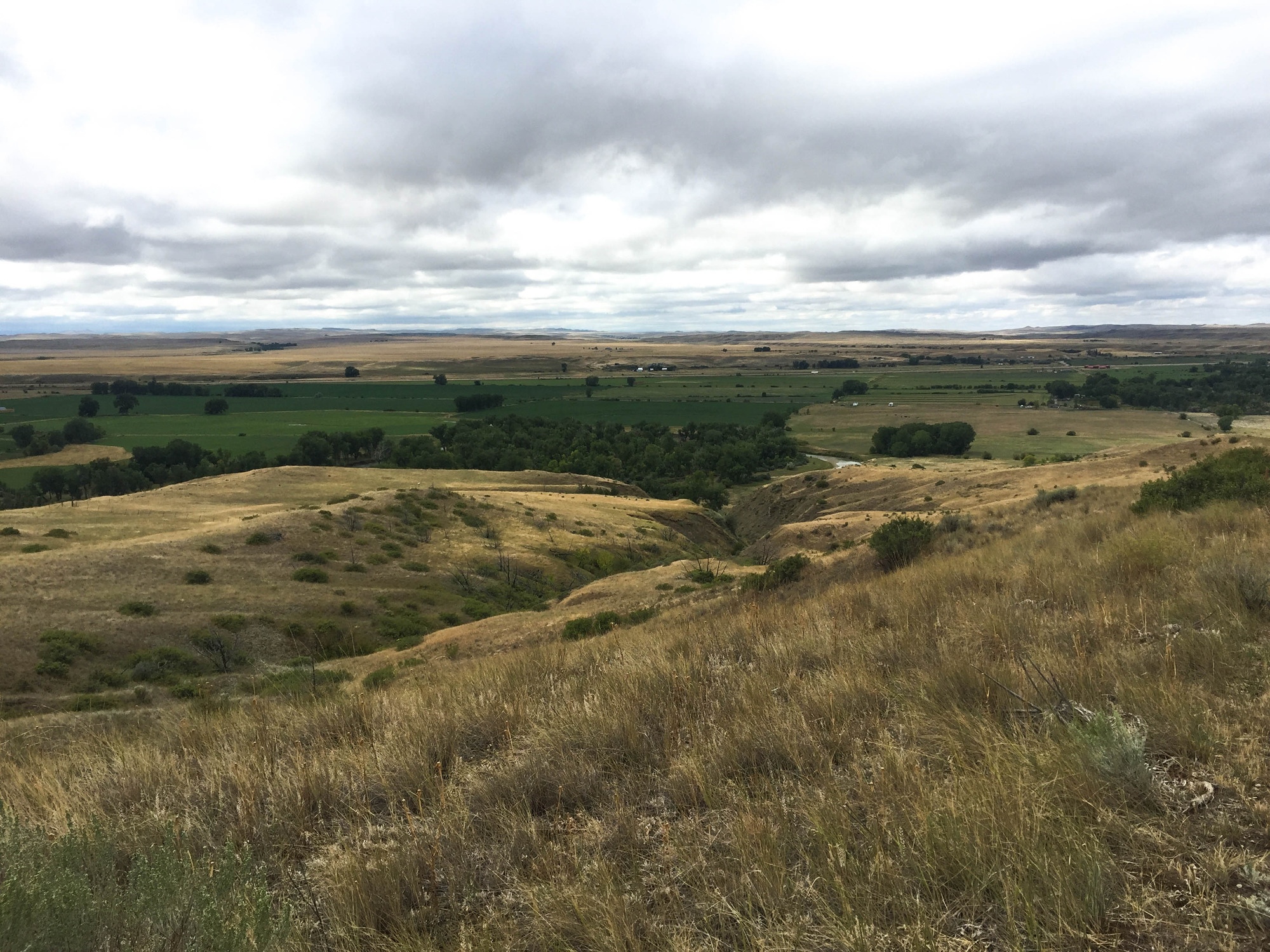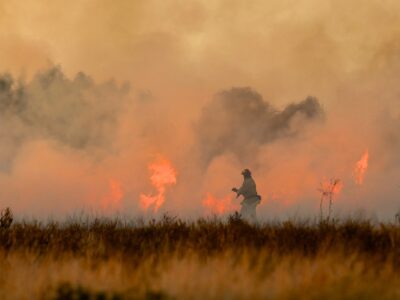There may be no more American mind’s-eye fantasy as old and tried and true as the picture of the adventurer on horseback. He’s riding across a solitary plain or valley under the great bowl of western stars, snow-covered peaks shimmering upon the distant horizon.
There are few places left in these modern times for the 21st-century adventurer to take in such a vista and experience such untamed wilderness and unmitigated solitude. However, one such place still exists in spades — though it takes a minute to get there — and it will take the wanderer almost clear out of the country.
Of course, this great outdoor lover’s wonderland can be found right in the aptly named ”Big Sky Country,” the great state of Montana.
First acquired by the United States in 1803 as a part of the Louisiana Purchase and long frequented and flourished by fur traders and gold rushers, the area known as Montana today has been inhabited by Native Tribes for thousands of years.
The tale of Montana is as complex as the American West itself. Pivotal battles, big and small, took place between Indigenous Tribes and settlers — in addition to the United States Military — and important geological and prehistoric discoveries.
Indeed, the story of America would be incomplete without the telling of Montana’s weaving, winding story.
Thankfully, there are three vitally important National Monuments that help Montana tell its story that stands today for all to learn from:
Little Bighorn Battlefield National Monument: The hallowed ground of this site commemorates a singular battle. However, in some ways, it represents the culmination of a decades-long struggle between the Native people who once inhabited the land and the white settlers and their governments who moved west during the 19th century. The famed Battle of Little Bighorn saw the epic defeat of Lt. Colonel George Custer and his troops at the hands of several Tribes who banded together in a near-last stand against the greater military firepower of the U.S. Government. Today, visitors can walk the battlefield and take in both the memorials of the 7th Calvarymen who died there and the Native soldiers and civilians who are also commemorated in their own monuments on the grounds. This spot is a must-visit for all!
Photo Courtesy NPS
Pompeys Pillar National Monument: This site takes its name from a geological oddity on the famous Yellowstone River. This outcropping is the only major sandstone formation in the area, covering some two full acres and rising about 120 feet into the great Montana Sky and can be seen for miles around. The monument that preserves this landmark now covers about 55 acres and is open for all to see and experience. Visitors can even see and “read” thousands of petroglyphs and inscriptions left by visitors, modern and ancient, including famed explorers Meriwether Lewis and William Clark.
Photo Courtesy Bureau of Land Management
Upper Missouri River Breaks National Monument: This destination preserves a unique cross-section of biological, historical, and geological finds that others are still learning from today. Spanning from Fort Benton to the Charles M. Russell National Wildlife Refuge, the Upper Missouri River Breaks National Monument covers more than 149 miles of the Upper Missouri River. Thanks to the efforts of preservationists over the decades, the area has largely remained unchanged over the last 200 years, making it a refuge for lovers, adventurers, or anyone simply looking for a bit of peace and quiet in the rugged natural surroundings. This spot can’t be missed!
Photo Courtesy Bureau of Land Management





